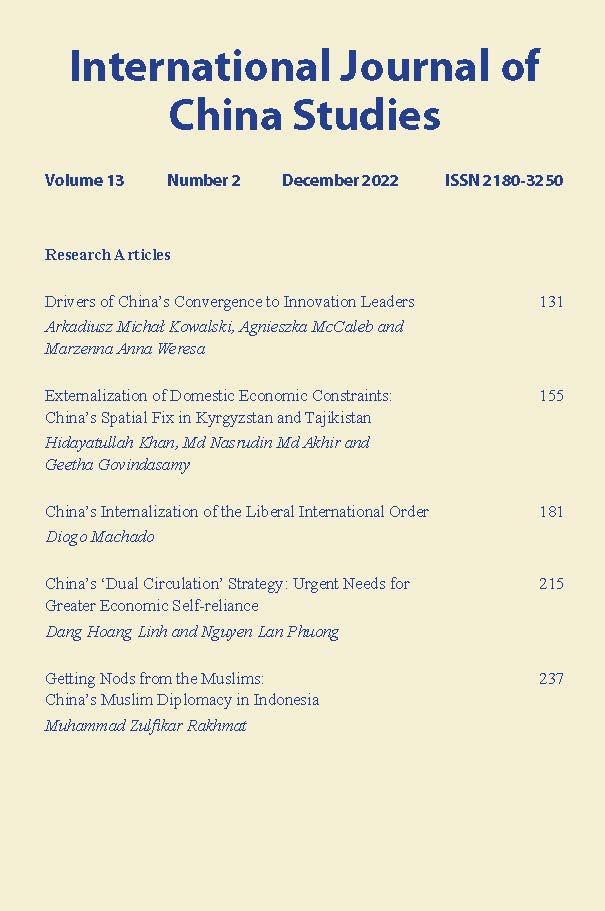Externalization of Domestic Economic Constraints: China’s Spatial Fix in Kyrgyzstan and Tajikistan
Keywords:
Spatial fix, Belt and Road Initiative, China, Kyrgyzstan, TajikistanAbstract
Growing capital over-accumulation and excessive industrial production have forced policy makers in Beijing to search for profitable outlets overseas. The Belt and Road Initiative (BRI), which focuses on infrastructure connectivity projects across Eurasia, reflects these efforts. This paper theorizes BRI as a spatial fix, aimed to overcome the recurring problem of over accumulation of capital. This paper focuses on BRI-led projects in Kyrgyzstan and Tajikistan. By conducting unstructured interviews with experts and examining projects, this paper found that BRI-led projects in Kyrgyzstan and Tajikistan not only provided a new geographical space and under saturated market for Chinese surpluses but also created demand for Chinese state-owned enterprises (SOEs) which were facing decline in returns. This paper also found that through elements such as non-competitive bidding, embedded conditionality,
and double preferential loans, China has successfully stimulated overseas demand for its surpluses. The study therefore concludes that BRI-led projects in Kyrgyzstan and Tajikistan serve as a spatial fix for China.

